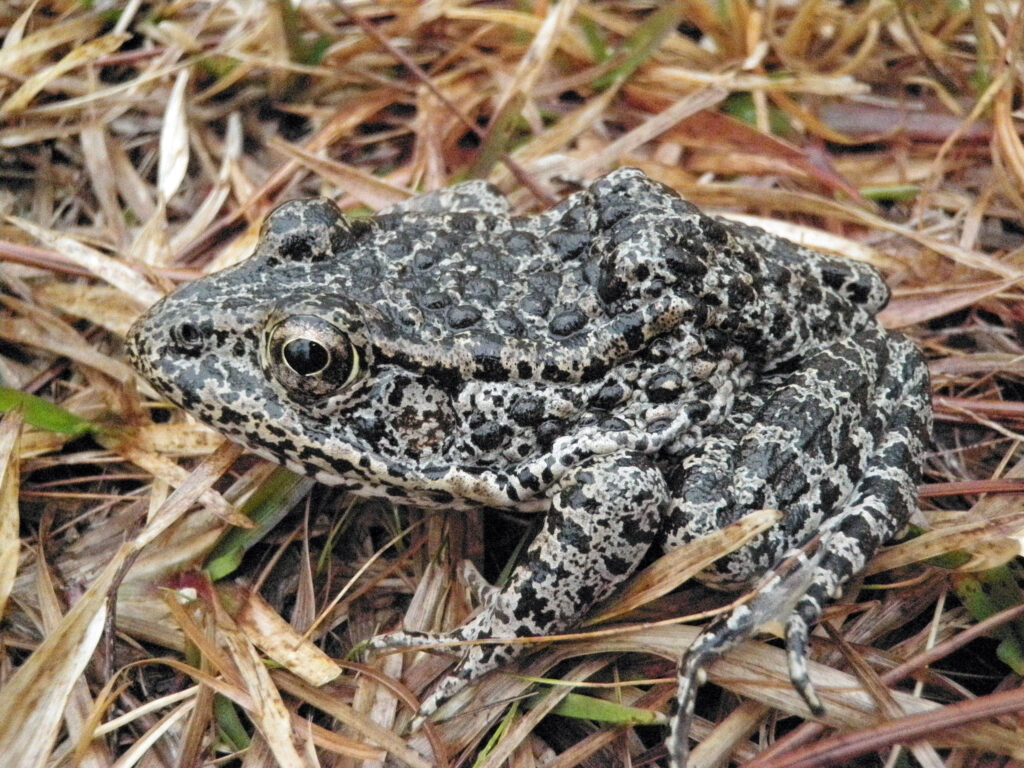This article was originally published in National Review.
Most people have never heard of, let alone seen, a dusky gopher frog. Only about 135 of the endangered frogs remain in the wild, isolated in a handful of ponds in southern Mississippi. And even when compared with other small and inconspicuous amphibians, the species is known for being particularly shy.
In 2018, a Supreme Court case pushed the timid frog into the spotlight. Now proposals by the Biden administration could mean that rare and imperiled species like the dusky gopher frog will be thrust into the center of more legal disputes in the future.
Earlier this week the U.S. Fish and Wildlife Service proposed rescinding endangered-species rules that were prompted by the dusky gopher frog’s Supreme Court ruling. The rules made it harder for the government to place restrictions on acceptable uses of private property. This action will make an endangered species’ habitat more likely to become a liability for private landowners, setting the scene for more conflicts like the one in this case, which went all the way to the nation’s highest court. Unfortunately, it will also represent lost progress in the effort to recover imperiled species.
Private landowners are a crucial component in conserving and recovering rare wildlife because private lands provide most of the habitat for hundreds of endangered species. Given that the track record for species recovery is dismal—only a few dozen of the more than 1,600 species listed as endangered have ever recovered enough to come off the list—policymakers should be looking for ways to align landowners’ interests with those of rare species. The change proposed by the Fish and Wildlife Service will do the opposite.
For every endangered species, the government is required to make a critical-habitat designation, marking areas “essential” for its conservation. In the case of the dusky gopher frog, the agency designated several areas in Mississippi where the frog lives, as well as about 1,500 acres of private family land in Louisiana, as “critical habitat.” While the parcel of Louisiana land contained several rare ponds of the type that the frog needs for breeding, it lacked two other habitat features that the species requires to live — which helped explain why no dusky gopher frog had been documented at the site, or in the entire state, for more than 50 years. The agency essentially saw the private land in Louisiana as backup habitat for the frog — a potential safeguard for the species in case a catastrophe were to wipe out the Mississippi population.
The moment it declared the family land to be critical habitat, the Fish and Wildlife Service, by its own acknowledgement, reduced the value of the property, because such designations can limit how people use or develop their land. Ultimately, the government found that the designation could have cost the landowners as much as $34 million, although the exact figure would have depended upon how much it altered or curtailed development plans.
The shame of the situation was that when it came to what should matter most in endangered-species policy — substantively helping a rare species — the designation was destined to be fruitless no matter what. The landowners did not have the inclination, money, or expertise to transform their acreage into dusky-gopher-frog habitat, and a critical-habitat designation gives landowners no incentive to do so.
After years of legal wrangling between the landowners and the feds, the Supreme Court unanimously ruled that land must be “habitat” for it to be designated as “critical habitat.” The private plot in Louisiana seemed to fail that test clearly, given that it lacked essential features that the frog needs to survive, and the Fish and Wildlife Service subsequently removed the plot from its list.
Last year, under Trump, the agency adopted a definition of “habitat,” something that had never been codified in the Endangered Species Act’s five decades. It also made other changes to avoid critical-habitat designations that serve little conservation purpose but could inflame private landowners. But the Biden administration is now moving to repeal all these changes, without proposing an alternative. In effect, it’s choosing to ignore the signal in that 2018 case that came from every justice, Ruth Bader Ginsburg to Clarence Thomas, that the word “habitat” should check federal power.
Endangered species like the dusky gopher frog need landowners to be friends, not foes. Federal agencies already have several ways to treat landowners as allies in species recovery. For example, the Fish and Wildlife Service issued a $9 million grant to the state of Alabama in 2020 to purchase and conserve nearly 5,000 acres of habitat for the threatened Red Hills salamander.
The best way to improve our poor record of recovering species is to align the interests of imperiled species with those of private citizens who can provide habitat. The administration’s proposal would do the opposite, a misfortune not only for landowners whom it might affect but also for the shy frog in Mississippi and countless other species like it across the country.




